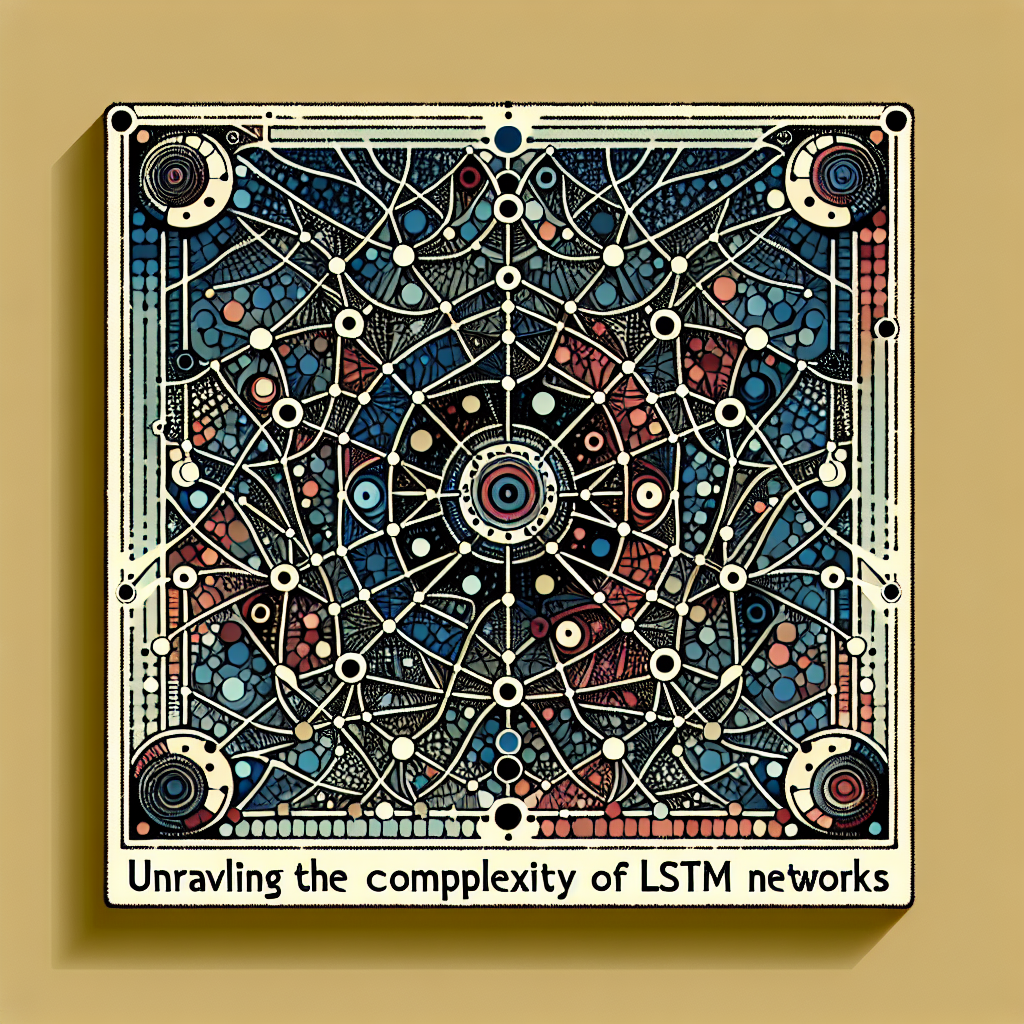Fix today. Protect forever.
Secure your devices with the #1 malware removal and protection software
Long Short-Term Memory (LSTM) networks have become a popular choice for many researchers and practitioners in the field of deep learning due to their ability to model long-range dependencies in sequential data. These networks have shown remarkable performance in tasks such as speech recognition, natural language processing, and time series prediction.
In this article, we will provide a comprehensive overview of LSTM networks, unraveling their complexity and explaining how they work. We will also discuss some of the key components of LSTM networks and how they contribute to their success in various applications.
To understand LSTM networks, it is important to first grasp the concept of recurrent neural networks (RNNs). RNNs are a type of neural network that can process sequential data by feeding the output of one step back into the network as input for the next step. However, traditional RNNs suffer from the problem of vanishing gradients, which can make learning long-term dependencies difficult.
LSTM networks were introduced to address this issue by incorporating a memory cell that can store information over long periods of time. The key to the success of LSTM networks lies in their ability to maintain and update this memory cell through a set of specialized gates.
The main components of an LSTM network include the input gate, forget gate, output gate, and cell state. The input gate controls the flow of information into the memory cell, while the forget gate determines which information to discard from the cell state. The output gate regulates the flow of information out of the cell, while the cell state stores the information over time.
By carefully controlling the flow of information through these gates, LSTM networks can effectively capture long-range dependencies in sequential data. This allows them to outperform traditional RNNs in tasks that require modeling complex temporal patterns.
In conclusion, LSTM networks have revolutionized the field of deep learning by providing a powerful tool for modeling sequential data. Their ability to capture long-range dependencies has made them a popular choice for a wide range of applications, from speech recognition to time series prediction.
By understanding the complexity of LSTM networks and the key components that contribute to their success, researchers and practitioners can leverage their power to develop more accurate and efficient models for a variety of tasks. With further research and development, LSTM networks are likely to continue to play a key role in shaping the future of deep learning.

#Unraveling #Complexity #LSTM #Networks #Comprehensive #Overview,lstm

Leave a Reply
You must be logged in to post a comment.